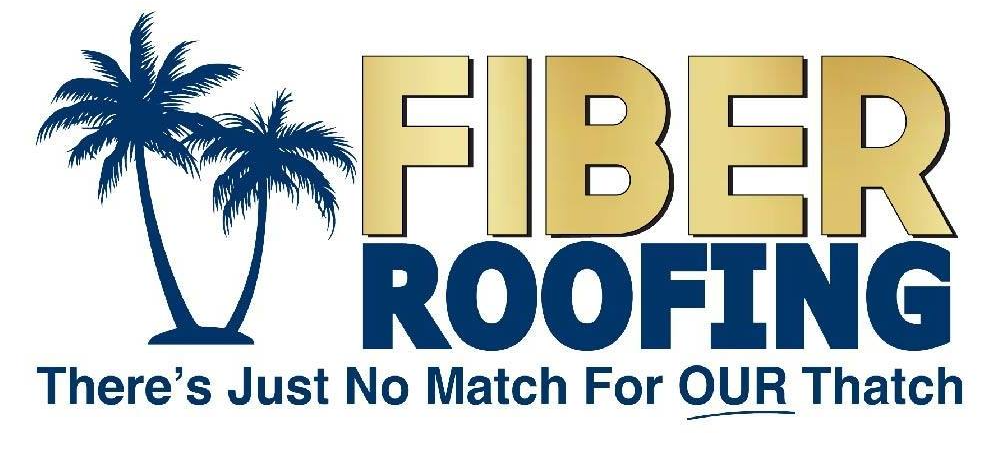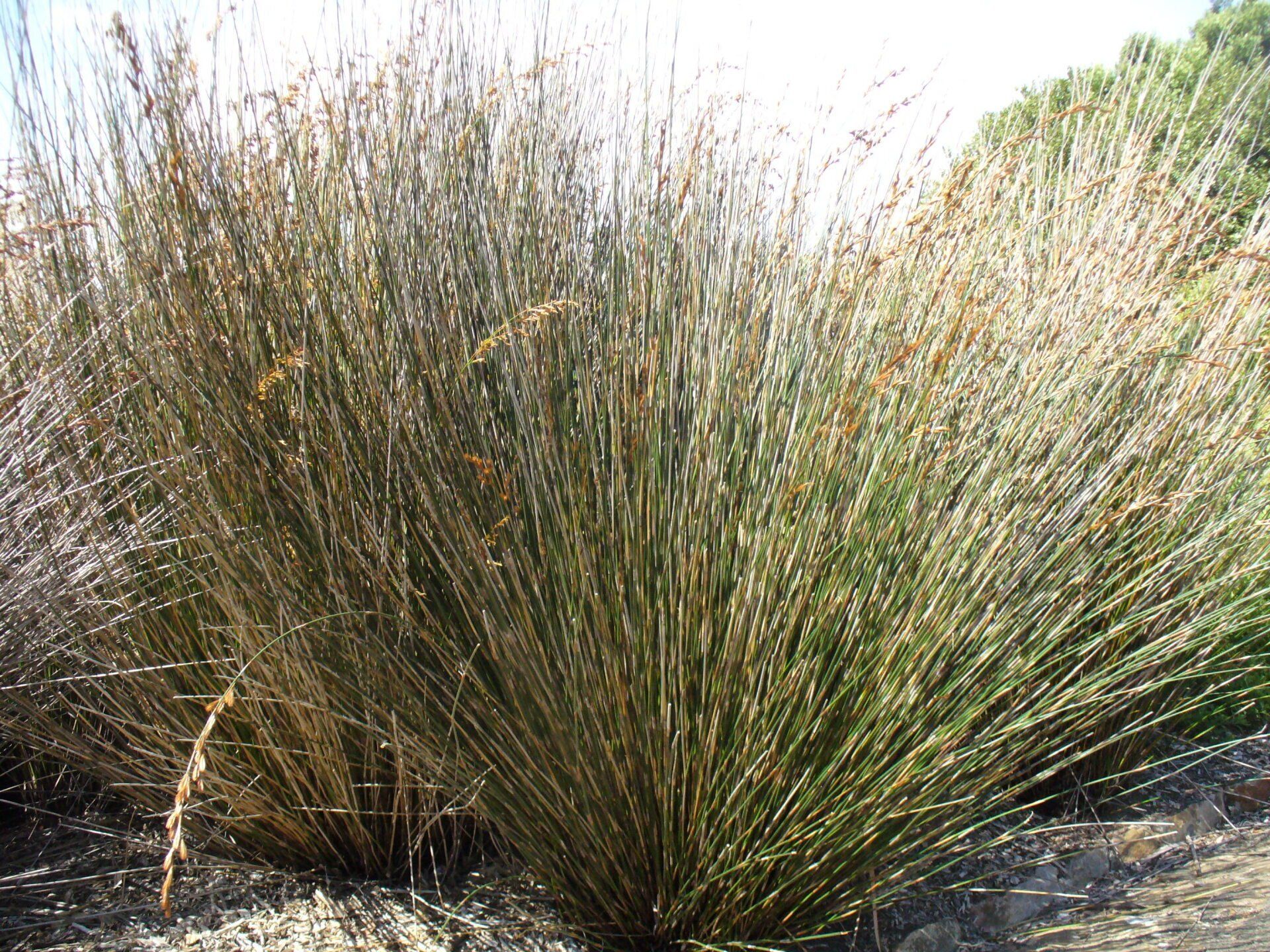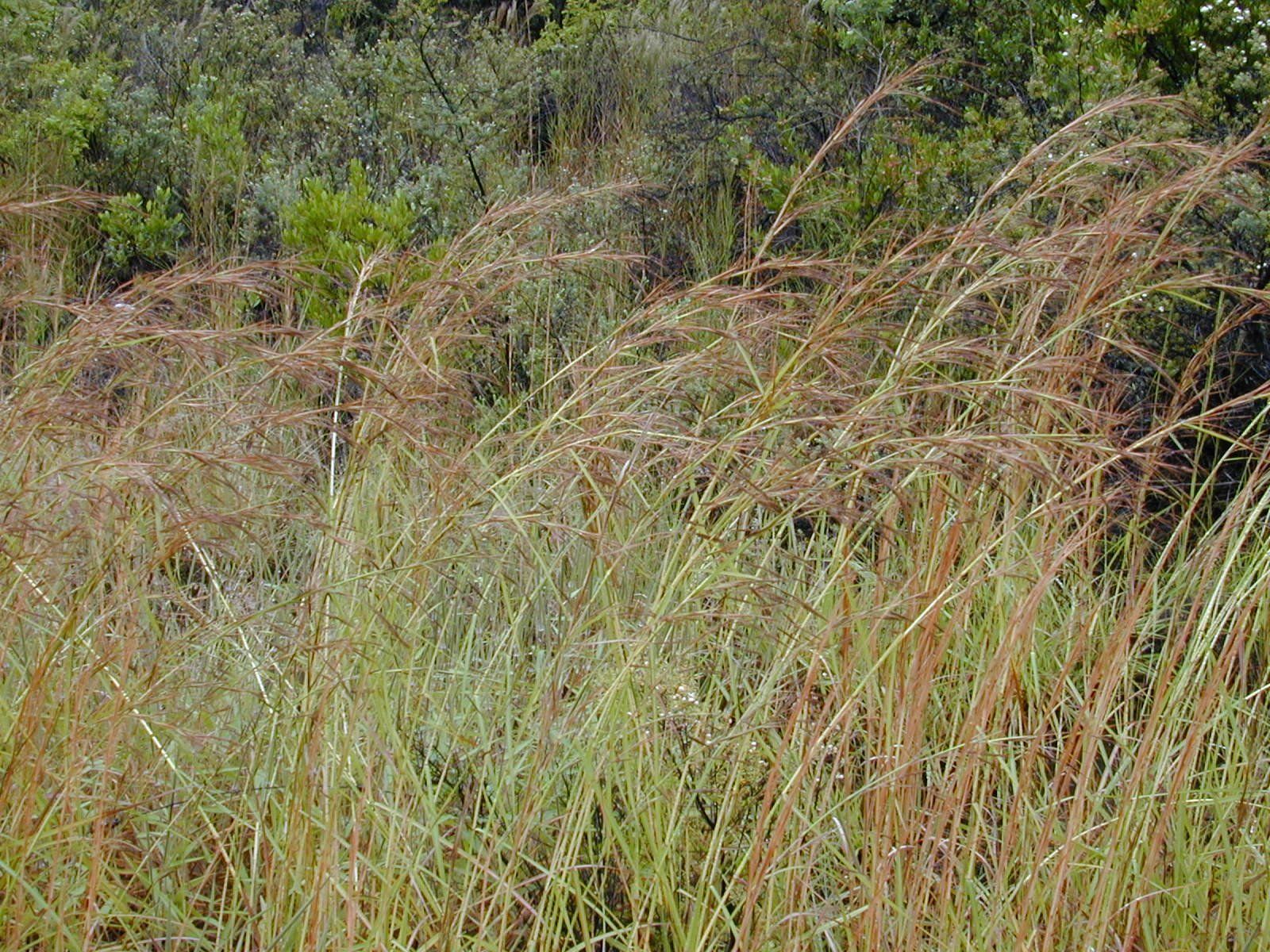THATCHING GRASS & CAPE THATCH REED
CAPE THATCH REED (THAMNOCHORTUS INSIGNIS)
Cape Reed “Thamnochortus Insignis” grow wild in mainly two areas in the Cape Province in South Africa. The combined areas cover approximately 100 square kilometres. The natural grow process is quite slow and reed will take 4 to 5 years to grow to a 1.2m to 1.4 m length.
Ideally Cape Reed should only be harvested after 7 years. After the initial growth faze only about 100mm is added every year in length, but a natural preservative called “Tannin” in formed in the core of the reed. The Tannin acts as a natural preservative and delays the natural decomposing process of the cut reed considerably. The above mentioned growth patterns are influenced quite a lot by the weather conditions.
The 100 square kilometre area that the reed is found in, experience a winter rainfall pattern, pretty much identical to the Mediterranean. Dry spells and extremely wet spells influence the growth and the natural formulation of tannin.
We have been buying Cape Reed in the Albertina/Riversdal area in the Cape Province for almost 40 years and have built up friendships and relationships with all the reliable farmers in the area. As the biggest Cape reed tile producer in South Africa we are respected for our buying power and the money we spent in the area. For the last 15 years we have been represented by a local agent in the area. He checks on quality and buy and stock enough so that we never run short.
Cape Reed is sold in bundles with an average diameter of 60mm and an average length of 1600mm. The average weight of a bundle of reed is 1.1 kilogram. Cape reed is baled into bales that consist of 25 bundles per bale. This is done to facilitate easy handling. A Bale of Reed would require ± 0.12m³ packing space.
contact us today
Contact us today for a free quote, or to BECOME A DISTRIBUTOR
THATCH GRASS ( HYPARHENIA DISSOLUTA)
Thatch Grass (Hyparhenia Dissoluta) grows wild in large areas in the Southern parts of Africa. It is the most commonly used material for thatch roofs in South Africa. The grass is seasonable with a new crop every year. Cutting of the grass promotes growth. It is very important that the grass should only be cut in the winter months after the grass has been killed by frost. The reason is that the grass stems then have lost all their “sugar” and moisture leaving only dry fibre. Grass cut in the wrong season and dried by the sun will not give 20% the life span of grass harvested in the winter. Unfortunately there are many operators that will cut as soon as the grass has reached the required length, will dry the grass and sell or use this grass. The result is roofs decomposing within 3 to 5 years when it should last 5 times longer. Again because of our good name and long history in the industry we always have the choice of the best quality. We also believe to pay a premium for the best quality grass available. The grass is harvested by the poorest of poor people and as a company we take our responsibility to pay these suppliers the “right” price, very seriously. This has lead to that we are always offered the best and can always obtain grass when other companies complain of shortages.
Thatch grass is sold in bundles with an average diameter of 80mm and an average length of 1000mm to 1200mm. The average weight of a bundle of thatch grass is 0.6 kilogram. Thatch grass is baled into bales that consist of 50 bundles per bale. This is done to facilitate easy handling. A Bale of thatching grass would require ± 0.16m³ packing space.
contact us
Complete the form below and we'll get back to you as soon as we can.
So don’t hesitate to give us a call at (+27) 11 903 9204, or you can even drop us a line
here.



